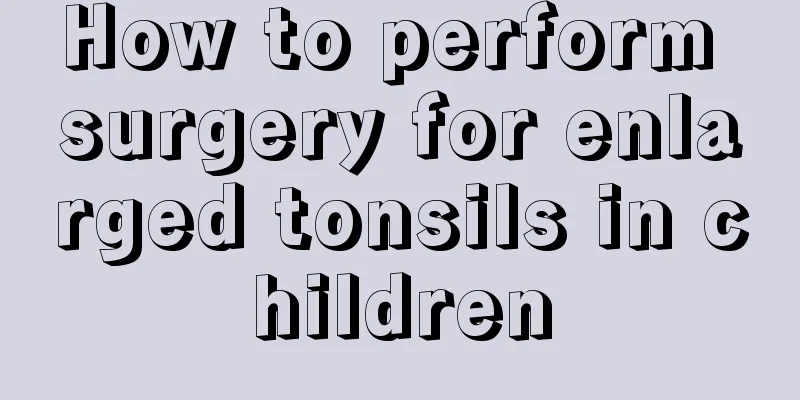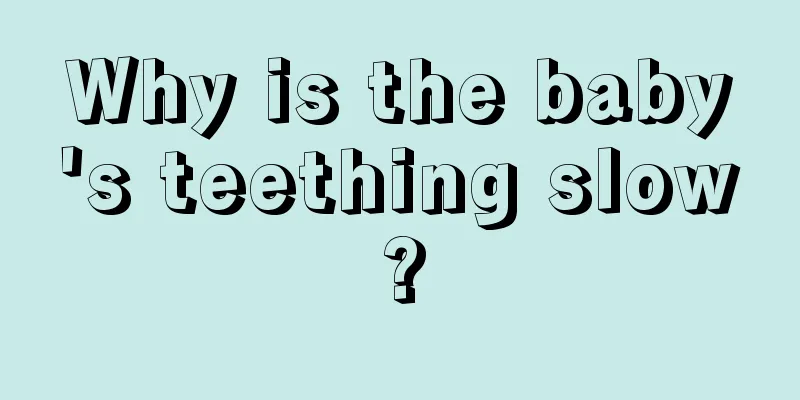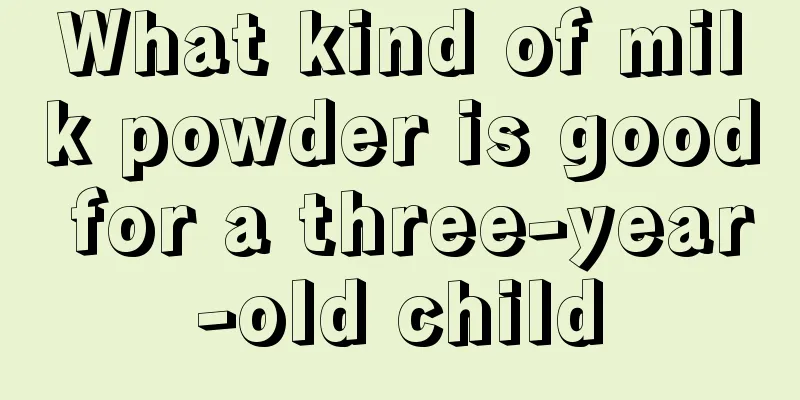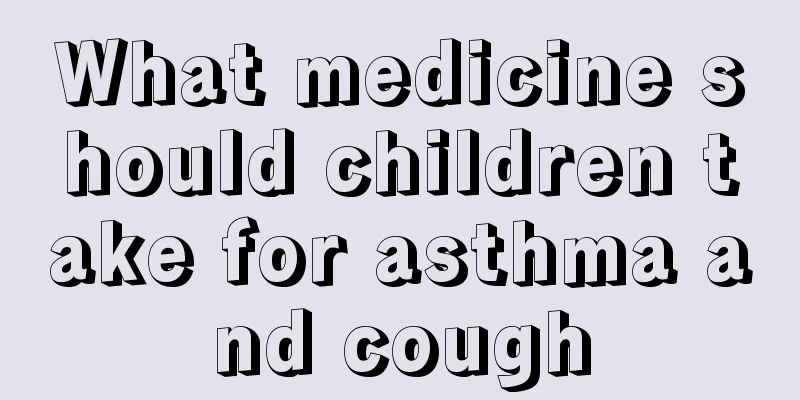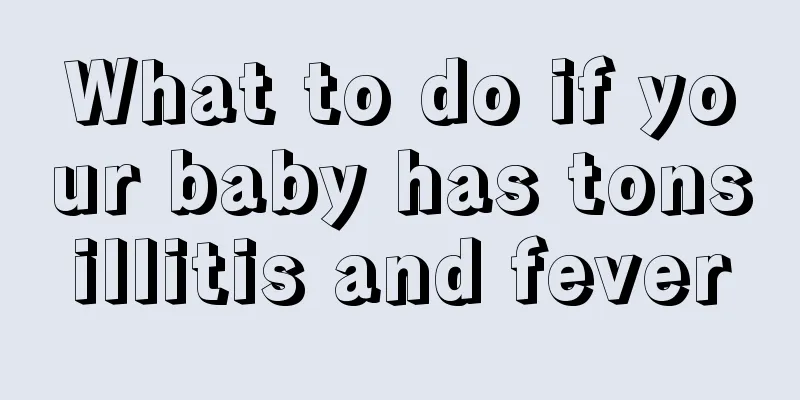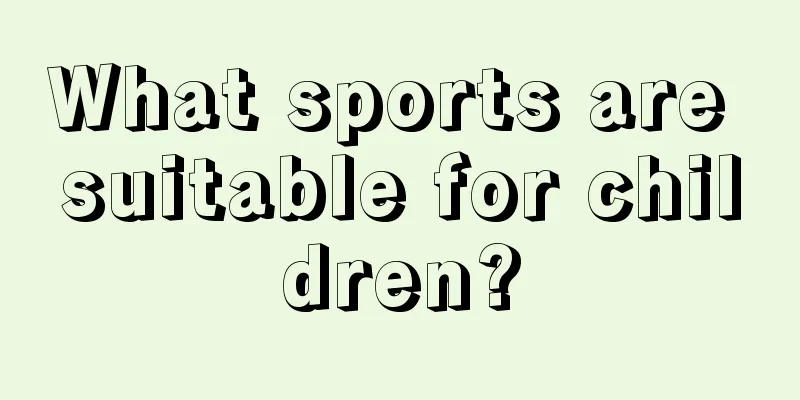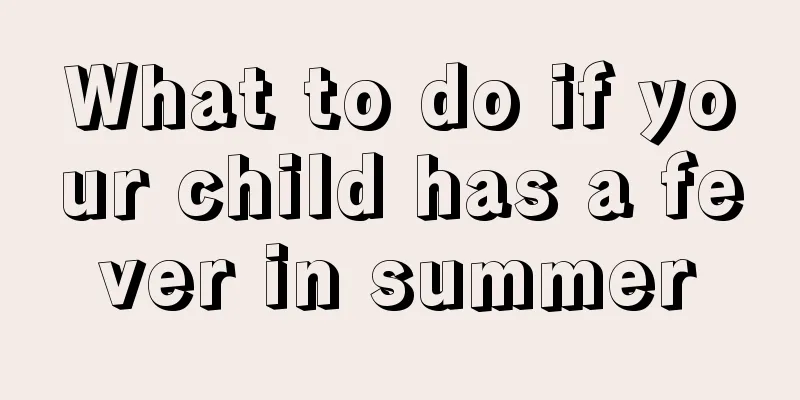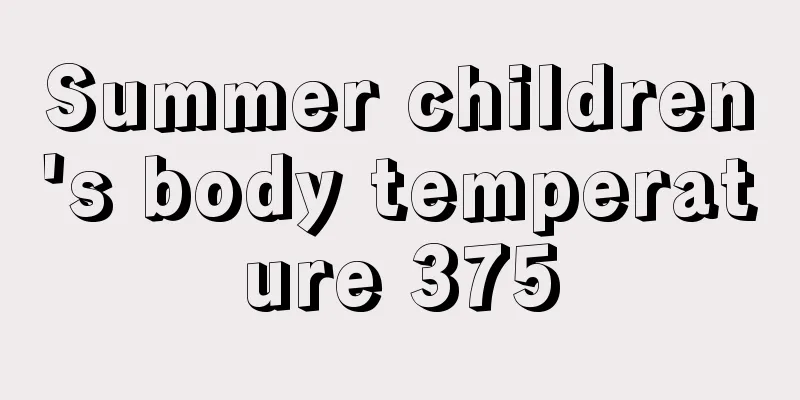Mumps symptoms in children
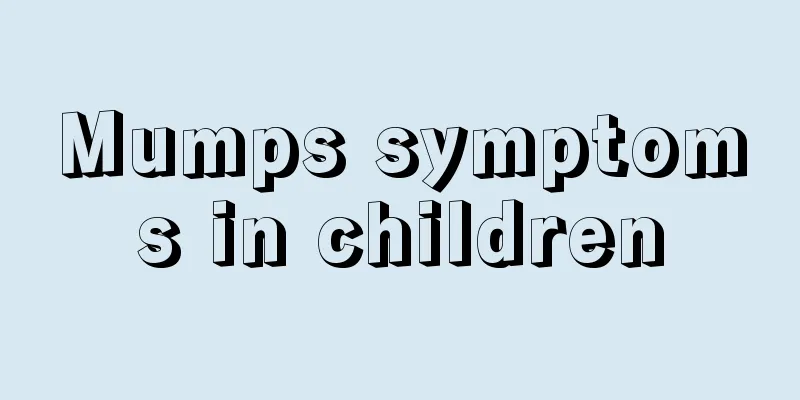
|
There are many diseases in life, and different diseases have different symptoms, causes, and treatments. Among common diseases, colds, coughs, and fevers are relatively easy to treat and can be controlled in a short time. However, some complex diseases take a long time to treat, and patients need comprehensive care during the treatment process. This is the case with mumps in children, and many people are not familiar with the symptoms of this type of disease. Symptoms of mumps in children: Symptoms of mumps in children include swollen and painful salivary glands, usually concentrated in the cheeks, and occasionally complications such as hearing loss and infection of the brain, pancreas, testicles or ovaries. Because the parotid glands are located on both sides of the cheeks near the earlobes, the swollen parotid glands during mumps are centered on the earlobes and spread to the surrounding areas, so mumps is commonly known as "big mouth". After a baby is infected with the mumps virus, it will take about 2-3 weeks for the baby to show symptoms of discomfort. Parents should pay more attention to the baby's physical condition and detect abnormalities in time. Parotid gland swelling is most obvious 1-3 days after onset, then gradually subsides, and the swelling completely disappears in about 2 weeks. In the first 3-5 days of the disease, there may be systemic symptoms such as fever, fatigue, and unwillingness to eat. 1. For most babies with the disease, swelling and pain under the ears are the earliest symptoms. For a few babies with the disease, symptoms of general discomfort such as fever, headache, vomiting, and poor appetite appear 1-2 days before the parotid gland swelling, followed by pain under one or both ears, which means the parotid gland is swollen. 2. Parotid glands may swell 1-2 days after onset of illness. The surface skin is tense, shiny, not red, hot, and painful. It gets worse when you open your mouth or eat something sour. The parotid gland swells first on one side and then develops into bilateral swelling. Sometimes both parotid glands swell simultaneously. After understanding the symptoms of mumps in children, we should choose conservative treatment methods when improving mumps in children. Children are relatively weak, and choosing some irritating treatment methods will not help improve their condition. Mumps can easily cause a variety of diseases. Therefore, conservative treatment methods are suitable for children with mumps. |
<<: Post-circumcision care for children
>>: Treatment of torticollis in children
Recommend
How many teeth is normal for a nine-month-old baby
There is an old saying that a baby's changes ...
What are some simple ways to tie a child's hair?
On Children's Day, many parents take their ch...
What should I do if my child has anal fissure? Why does it happen?
Once it comes to the treatment of anal fissure in...
How to treat lumbar herniation in children
When a child's body is in the development per...
What are the side effects of enema for babies?
When children are young, it is very difficult to ...
What does chickenpox look like?
Generally speaking, we all develop a disease call...
When is a boy's rebellious period?
Both boys and girls will become rebellious during...
What can children eat to grow taller?
We all know that everyone hopes to be tall, becau...
What to do if baby's head is flaky
Children are in the stage of growth and developme...
What painkillers should children take for toothache
Toothache in children is caused by many reasons, ...
Red spots appear on the soles of children's feet
It is a very common phenomenon for children to ha...
How to deal with baby earwax
Babies' ears are not fully developed yet, and...
How to correct a child's stuttering?
When parents are taking care of their children, i...
Reasons why babies don't sleep
In fact, we still need to pay more attention to s...
What to do if a three-year-old child has acute tonsillitis
Tonsillitis is a common disease in our daily life...
